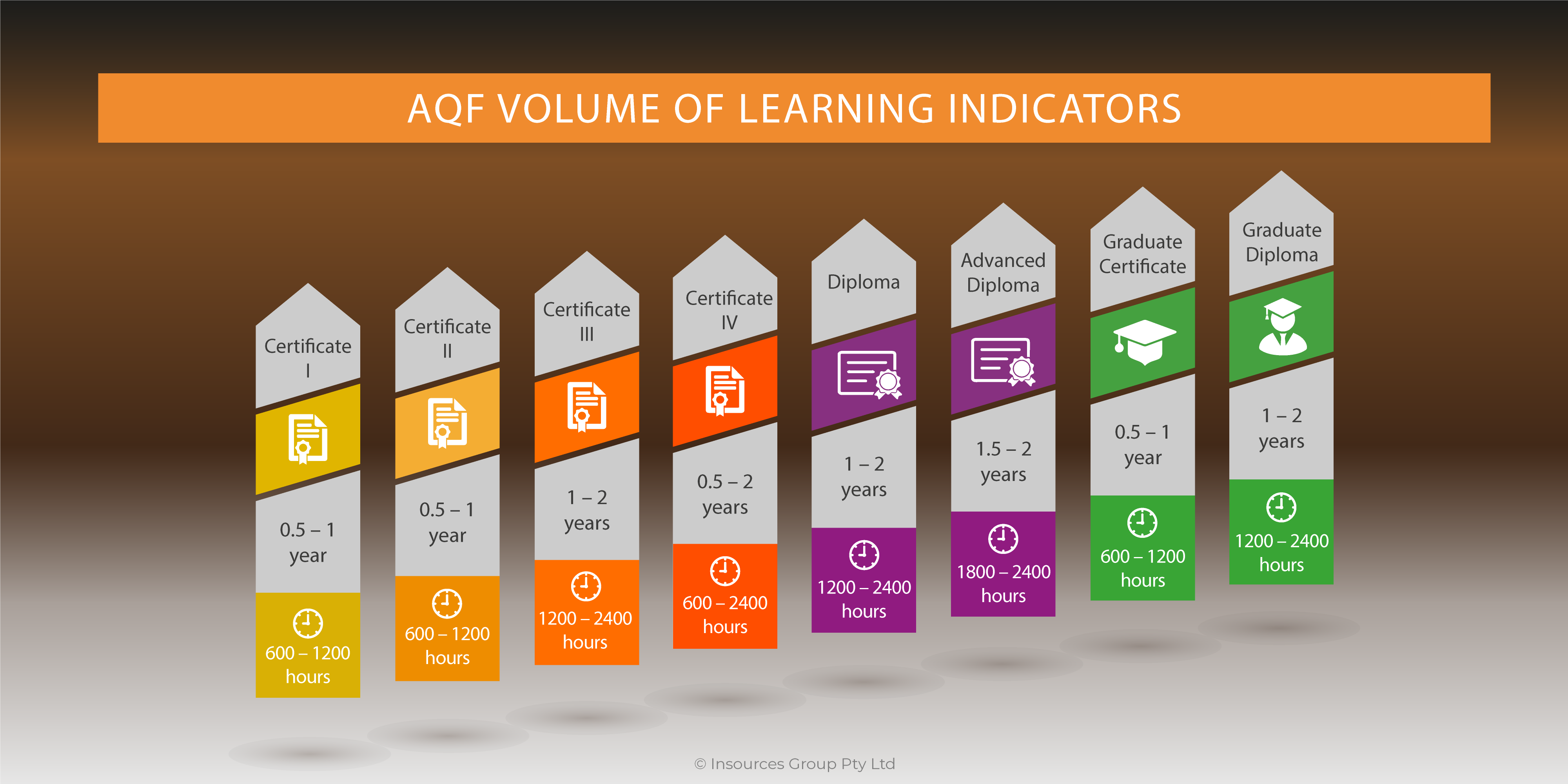Graphics are only effective to the extent that they support rather than disrupt psychological events of learning. To be effective, a visual must support any or several of the following processes:
- Directing attention
- Awaking appropriate prior knowledge
- Managing mental load
- Building mental models
- Transferring new skills
- Optimizing motivation
Visuals that depress learning do so by disrupting one or more of those processes. In the following paragraphs we summarise six general principles for the use of visuals that promote learning and avoidance of graphics that disrupt cognitive processes.
1. Visuals and text that are aligned with the goals of the instruction improve learning.
Dual encoding, as it sounds, means two encodings of information into Long Term Memory (LTM), one that is based on words and a second one that is visual. Paivio (1990) proposed dual encoding to explain the learning benefits of adding visuals to text. According to dual encoding theory: “there are two distinct and independent but interconnected cognitive systems for processing and storing information: and imagery or non-verbal system for non-verbal information and a verbal system for linguistic information”.
2. Visuals that are misaligned with the goal of the instruction depress learning
Harp and Mayer (1977) found that visuals such as an airplane struck by lightning included in the lightning lesson to add interest, depressed learning. The negative effect on learning could be caused by distraction and consequent disruption in building of a coherent mental model. Although visuals like these are added with the good intention of improving motivation, their negative effect on learning is counterproductive. Learners are better served by materials that use graphics that make the main lesson ideas more understandable than materials that add extraneous visuals for purposes of emotional interest.
3. Visuals are more efficient to communicate spatial content
Often a visual can present information in a more concise way than text can. Clear examples are maps and plans. Marcus, Cooper, and Sweller (1996) compared the time needed to connect several resistors using text instructions to the time needed when using the visual. The visual representation resulted in faster performance.
4. Visuals that depict relationships can support deeper learning
Gyselinck and Tardieu (1999) compared two types of visuals in a science lesson on how gas pressures change at different altitudes. Representational illustrations showed the elements described in the text. For example, a mountain and a shown in Figure 1 illustrate the following text: “as the bag goes up in altitude, it inflate because of the pressure”. In a second version, the same text was illustrated by interpretive illustrations that included the mountain, the bag, and arrows depicting the internal and external gas pressures as shown in Figure 1 version B. this interpretive graphic illustrated both the elements described in the text and the relationship among those elements.
The research team found that recall memory was improved by both types of visuals. This may reflect the dual encoding process described above. However, the visual shown in figure Version B that depicted the relationships described in the text resulted in better problem solving than the visuals that only represented elements of the text. Deeper learning will be stimulated by organizational, relational, transformational, and interpretative visuals, all of which depict relationships among lesson content. These types of visuals are commonly called “explanatory visuals” because they communicate relationships among content that promote building of mental models.
5. Simpler visuals are often better for learning
A line drawing can be more effective than a more realistic 3D image or photograph. Alternatively, a series of still visuals can be more effective than animations. An exception to this guideline is learninf of motion skills that benefit from animated demonstrations processed by the mirror neuron system.
6. Visuals ignored don’t teach
None of these learning benefits would be realized if the visuals were ignored. Metacognitive skills are the basis for your mental operating system. They manage and control all the learning processes we summarized in this post. Some people have better metacognitive skills than others and therefore take full advantage of graphics placed in training materials. Research has shown that learners who take additional time to carefully study visuals learn more from the lesson than those who do not. You can increase the opportunities to learn from your graphics by encouraging active engagement with them.
The bottom line
Select and design visuals on the basis of their functionality as well as their surface features to maximize their potential.
Function | A Graphic used to | Examples |
Decorative | Add aesthetic appeal or humos | Art on the cover of a book. Visual of a general in a military lesson on ammunition |
Representational | Depict an object in a realistic fashion | A screen capture of a software screen A photograph of equipment |
Mnemonic | Provide retrieval cues for factual information | A picture of a stamped letter in a shopping cart to recall the meaning of Spanish word, “carta” (letter) |
Organizational | Show qualitative relationships among content | A two-dimensional course map. A concept tree |
Relational | Show quantitative relationships among two or more variables | A line graph. A pie chart |
Transformational | Show changes in objects over time or space | An animation of the weather cycle A video showing how to operate equipment |
Interpretative | Illustrate a theory, principle, or cause-and-effect relationships | A schematic diagram of equipment An animation of molecular movement |
Based on your communication taxonomy, graphics that depict elements of the text are representational visuals and will improve recall of content by way of dual encoding. The explanatory visuals that show relationships among the lesson concepts will improve problem solving by way of building mental models. Both types of visuals reduce load on working memory and thus improve mental efficiency. However, none of these psychological benefits will be realized unless the learner processes the visual.




